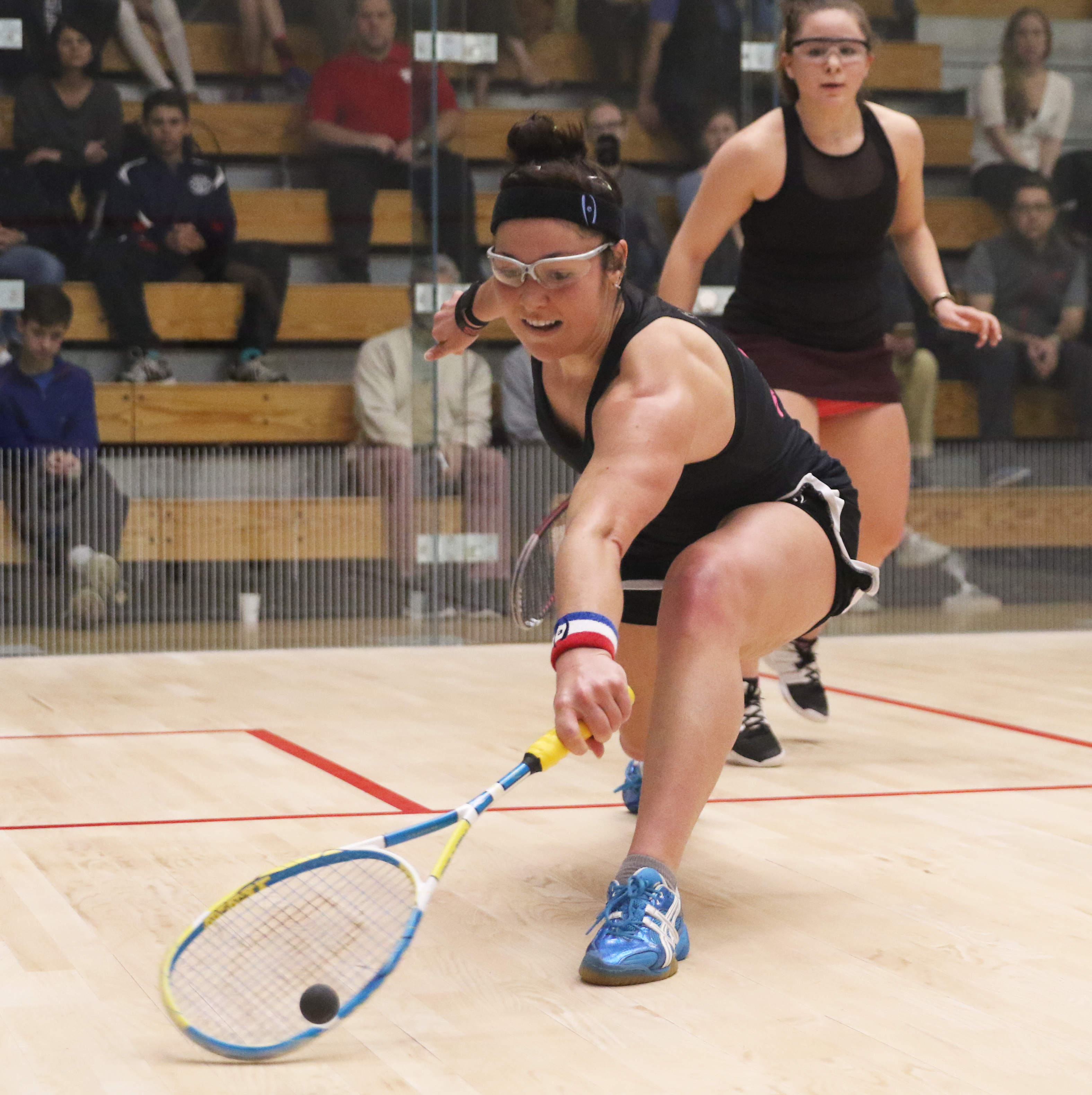
by Chris McClintick
Amanda Sobhy has reached the finals of six of the past seven U.S. Women’s Championships. Her third national title this March marked was her second as a full-time professional squash player and her first as a professional supported by the US Squash Elite Athlete Program.
The week leading into the National Singles over the past three years has served as a yardstick for Sobhy on her journey to becoming the first U.S.-born player to crack the world’s top ten.
In 2014 Sobhy won her third collegiate individual title in Philadelphia the Sunday before the National Singles.; she then went to Toronto and captured her largest PSA title that Friday; Saturday morning she flew to Charlottesville for the National Singles. She cruised through her first two matches to reach the final where she faced her younger sister, Sabrina. Sibling or not, Sabrina took full advantage of her sister’s fatigue and defeated her for the first time in any competition. Amanda was left holding back tears as she congratulated Sabrina, who was just as shocked as everyone else.
The next year, Amanda ended her college squash career by winning a record-equaling fourth individual title, again exactly a week before the finals of the National Singles. Learning from her strenuous schedule the previous year, she took that week off. A fresh Sobhy, ranked No. 10 in the world, didn’t drop a game on her way to national title number two. It was also the first time she could collect prize money—as a full-time professional she no longer had to adhere to collegiate prize money restrictions.
This year it was even less fatiguing. At nine on Friday morning, the same day of her first match in the National Singles, Sobhy ghosted on MIT’s courts with a group of PSA players who were concluding a grueling week of training overseen by her now full-time coach, Thierry Lincou. She then went across Cambridge and started her journey towards title number three. She took all three of her matches with ease, not letting anyone get closer than an 11-7 game. “It was a brutal week, especially to end off with ghosting at 9am the day of my first match,” Sobhy admitted. “But you have that satisfaction that you completed a really tough week of training, which gave me a real confidence boost leading into the nationals.”
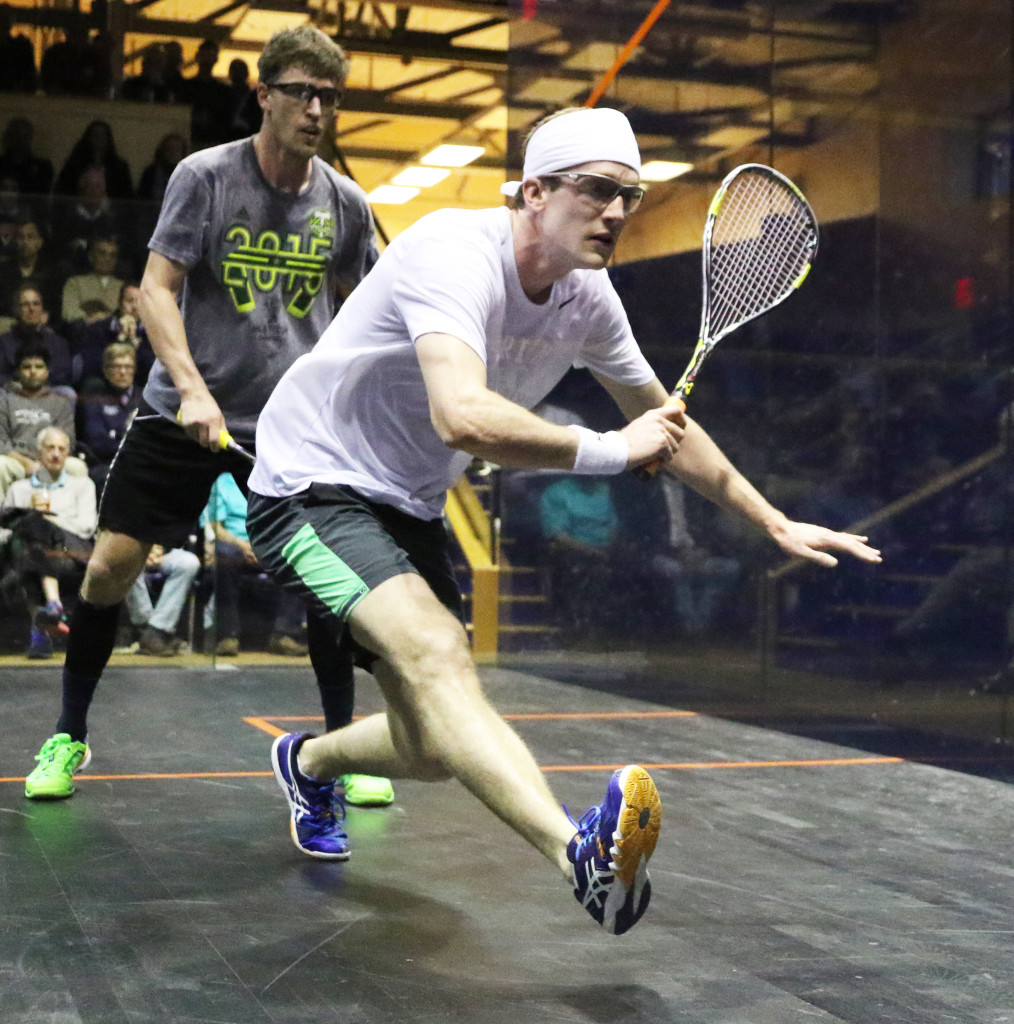
Lincou has molded Sobhy’s professional life over the past three years since she first started working with the French former world No. 1 her junior year at Harvard. While balancing academics and college squash and competing on the PSA tour, she trained once a day, for five days a week on average. Since graduating last spring, Lincou has drilled Sobhy into a strict regimen of training six days a week, twice a day. They map out training on a weekly basis—adjusting, shifting focus and measuring progress. “I’ve realized through working with Thierry that it has so much to do with discipline,” Sobhy said. “It’s more than just training and putting in the hours. It’s about the quality of your training, measuring it, and really taking care of the little things like eating well, sleeping well and recovery, which are just as important as results. He’s taught me how to train more intelligently.”
For the first time in recent history the women’s open draw was held separately from the rest of the National Singles tournament, to allow Sobhy and her teammate Olivia Blatchford to compete in the 2016 Allam British Open the following week. For both players, competing in the National Singles served as fantastic preparation for the so-called Wimbledon of Squash. The schedule change proved fruitful for both Blatchford and Sobhy. Blatchford qualified for the main draw, which raised her world ranking to a career high of twenty-seven. Sobhy made the quarterfinals, sealing her destiny to play on the doorstep of the Burj Khalifa in May’s World Series Finals in Dubai against the world’s other seven top female players.
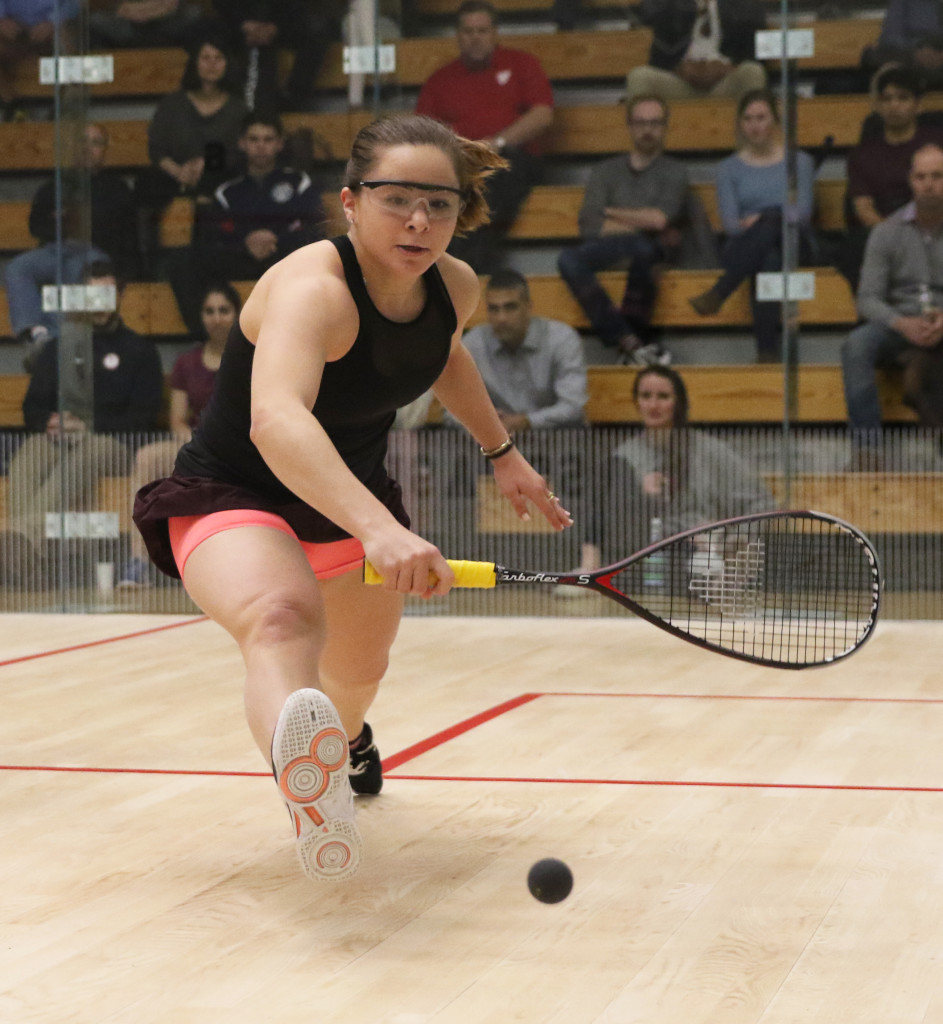
event she has played in since January 2015.
With an undefeated collegiate career in the rear view mirror, Sobhy had a spectacular first season as a full-time professional. She hauled in three gold medals at the quadrennial Pan American Games in Toronto last summer and then reached five-consecutive World Series quarterfinals, with her best result being the 2016 J.P. Morgan Tournament of Champions where she made the finals.
The twenty-two year-old’s successes are a testament to hard work, skill, athleticism, and guidance from Lincou, but also to monetary resources. Sobhy, along with the four other U.S. athletes— Blatchford, Todd Harrity, Chris Gordon and Chris Hanson—are enrolled in US Squash’s new Elite Athlete Program. To allow these players to hone their craft distraction-free, the EAP gives each of them annual base salaries of $38,500, as well as a ranking bonus scale. The EAP is unique in the squash world. Unlike every other major squash nation, Team USA athletes don’t directly receive funding from the government.
“You can’t achieve at the highest level of any sport unless you’re singularly focused on the task at hand,” said Paul Assaiante, Ganek Family US Squash Head National Coach. “The EAP gives our players an opportunity to do all of the things they need to do to grow their games without the financial pressure of having to work at a club giving seven lessons a day so they can afford to travel to compete on tour. The EAP has relieved them of that pressure and allows them to do what they need to do and to afford to pay a coach, physio or nutritionist.”
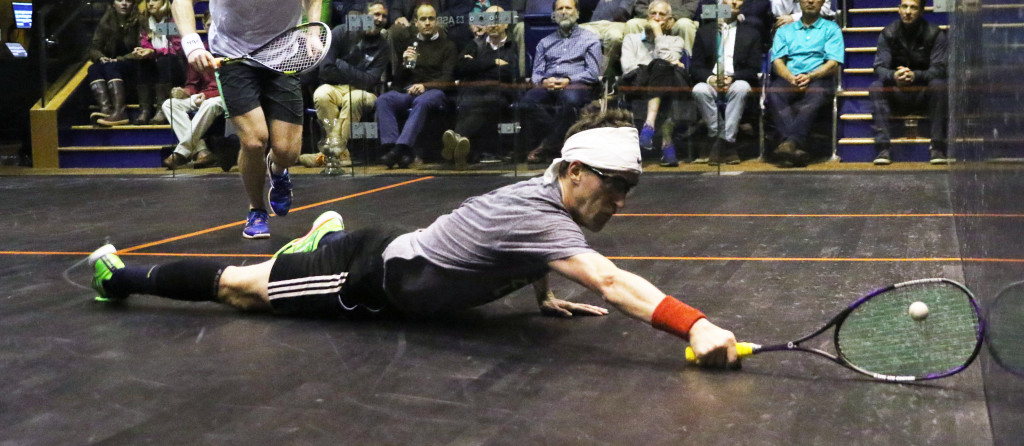
The EAP was introduced in September 2013 and serves as the capstone to all Team USA programs including regional squads, junior national teams and the inaugural US Squash Academy that launches this summer. (The Academy helps juniors and elite college players to set the pursuit of professional careers within their sights.) “The EAP gives the younger players something to strive for,” Assaiante said. “I have always felt that when it comes to the development of American players, college squash has been the graveyard, because the end game for our juniors was to get into the best college possible, and then they would shut down any long-term goals. Now with the EAP, it gives these young people, who may have already represented the U.S. as a junior, reason to not check out and realize that if they do well in college, they can pursue their dreams. These are conversations that we had with Todd and Amanda as they went through college. The EAP has been a big help for the current crop, and a wonderful lure as an on-ramp opportunity for our best younger players.”
At the time of the 2016 National Singles, all five EAP players maintained or improved their world rankings since the 2015 National Singles.
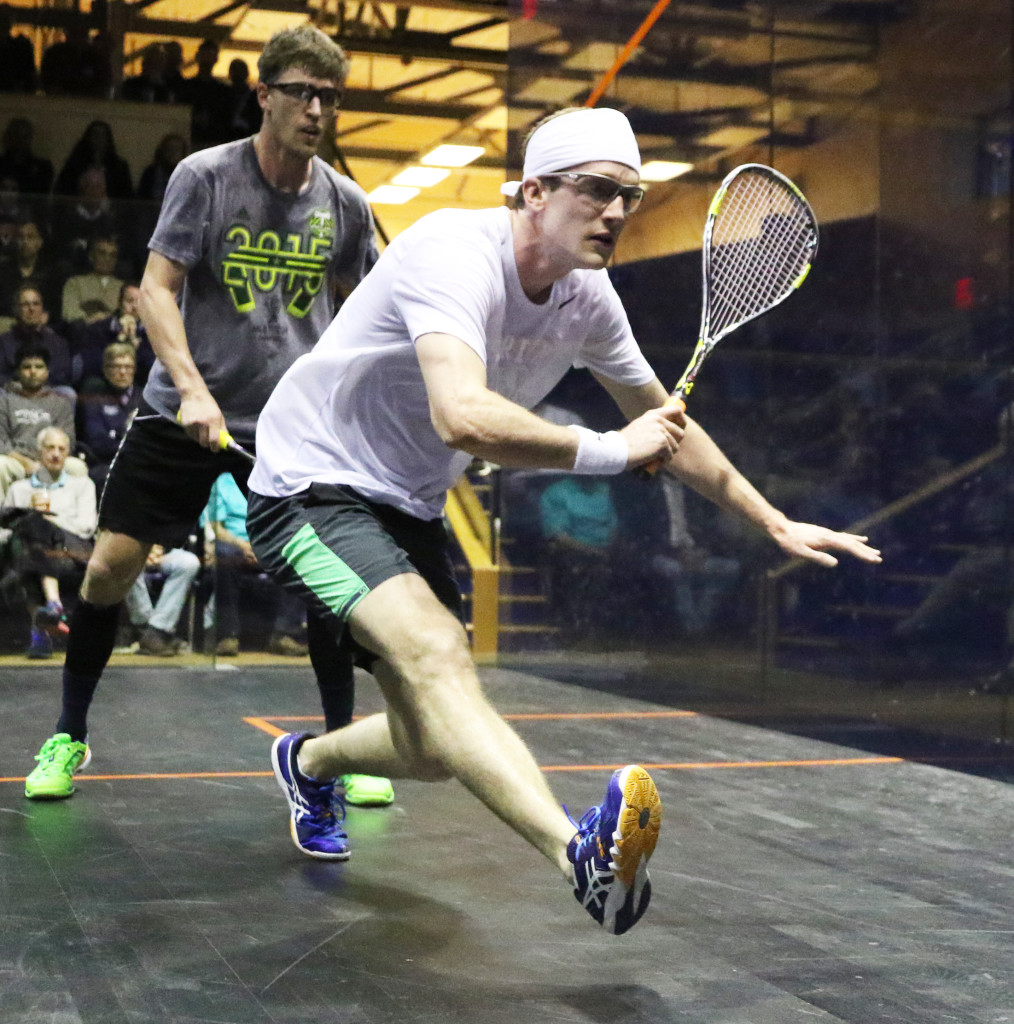
National Teams and emcee Rich Wade after winning his second S.L. Green.
Class of 2013 college graduates, Hanson of Dartmouth and Harrity of Princeton both improved greatly. Although unable to play in this year’s National Singles after sustaining an injury during an impressive semifinal run in a $15k PSA the week before, Hanson jumped from world No. 161 to 73. Boosted by his Windy City wild card appearance, Hanson reached a career-high of world No. 69 in April.
The same month he captured his second consecutive S.L. Green title—without the loss of a single game—Harrity became the first U.S. male since Gordon in 2013 to break into the world’s top fifty at forty-nine (it went up to forty-six in April). Ranked sixty-eight in March 2015, Harrity’s year of growth spanned sixteen PSA tournaments across four continents. His stand-out performances included reaching his first $25,000 final in Pakistan and his first $35,000 quarterfinals as a qualifier in Montreal. The Philadelphia native has stayed close to home with a training base at Merion Cricket Club, but has been considering moving his training base abroad.
A large S.L. Green draw also included promising college players from Drexel and Trinity, U.S. junior champion Andrew Douglas, who tested nine-time champion Illingworth in the quarterfinals, and twenty-two-year-old Faraz Khan who reached his first career S.L. Green semifinal.
At age twenty-nine, Gordon has become the elder statesman of the EAP players. With over a decade of tour experience under his belt, the 2013 U.S. champion is a valuable resource for Hanson and Harrity when it comes to life on the road, picking and choosing which events to play—and just as importantly—which events not to play as they navigate the world tour.


